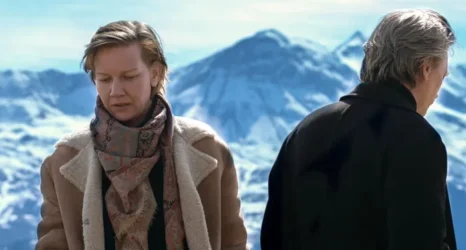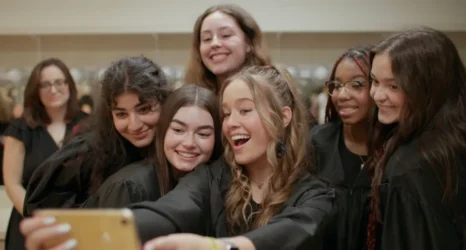Women will make up half of all nominees for directing television at this year’s Emmys, making it the first time that women have reached parity with men for directing nods. Three women have been nominated for directing comedy shows and two for dramas, making up five of the 10 nominations for directing television shows (there is a separate category for directing miniseries and television movies). This marks the third time in Emmy history that a directing category has had a majority of women nominees. All five nominees have been nominated previously, but none have won. In fact, a woman hasn’t won an Emmy for directing comedy since Betty Thomas in 1993 (for Dream On) and for drama since Mimi Leder in 1995 (for ER).
Even though women make up half the directing nominees this year, they’re far from equitably represented in TV. According to the Director’s Guild of America, only 15 percent of episodes in the 2011-2012 season were directed by women. Of that 15 percent, only 4 percent are women of color. In their report, the DGA also had a list of television shows that do the best and worst jobs of hiring women directors. Shows that have less than 15 percent of their episodes directed by women include Parks & Recreation, Modern Family and CSI. A special mention should be given to Dallas, Supernatural and Veep, which hired exactly zero women directors. While some shows have done a good job of hiring women directors, only one show on a major commercial network used women directors over 50 percent of the time: Scandal on ABC, whose showrunner is a woman, Shonda Rimes.
At least women directors are fairing better in television than they are in film. Only 9 percent of 2012’s top 250 films were directed by women. Overall, women direct only about 5 percent of feature films, although 39 percent of documentary directors are women. In 2009, neither Warner Bros. nor Paramount Pictures hired a single woman director, and only one woman, Kathryn Bigelow, has won the Academy Award for best director.
A lack of women behind the camera hurts women at all levels of media representation. Women make up only 29.9 percent of speaking parts in movies and, even then, too often are treated as “eye candy” and wear scanty clothes. According to Stacy Smith, a professor at the Annenberg School for Communications and Journalism at USC, the relative lack of female characters in film reinforces that:
stories about women are not as important as stories about men. Some of the [research] about youth has shown that showing a limited range of occupations on screen is correlated with having restricted range of aspirations.
When women direct movies, however, the percentage of female characters rises to around 48 percent. Having women behind, and in front, of the camera is significant. Women make up over half the population; it is only fair that their stories and voices are heard throughout media.
Picture from Television Academy’s Twitter.





